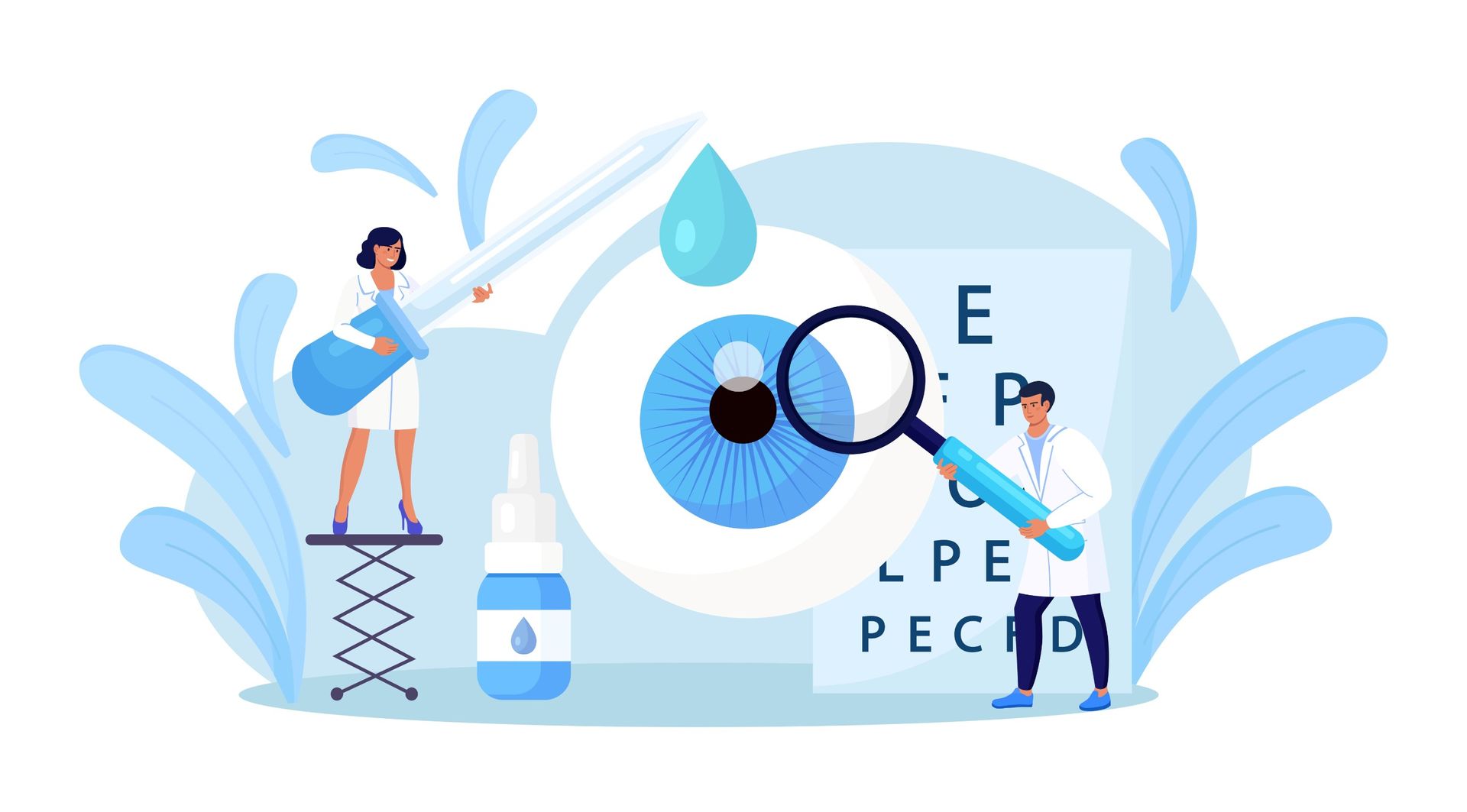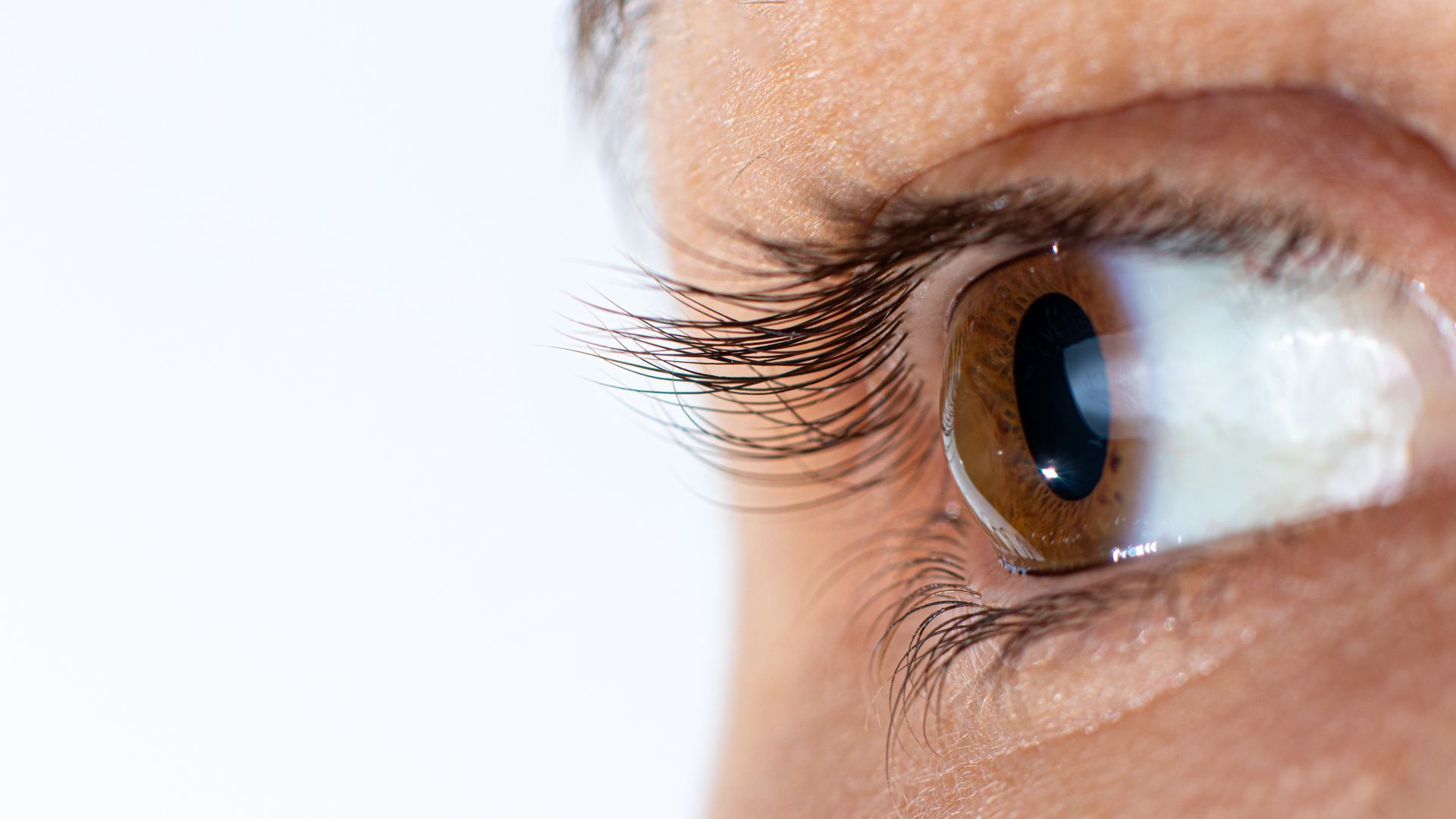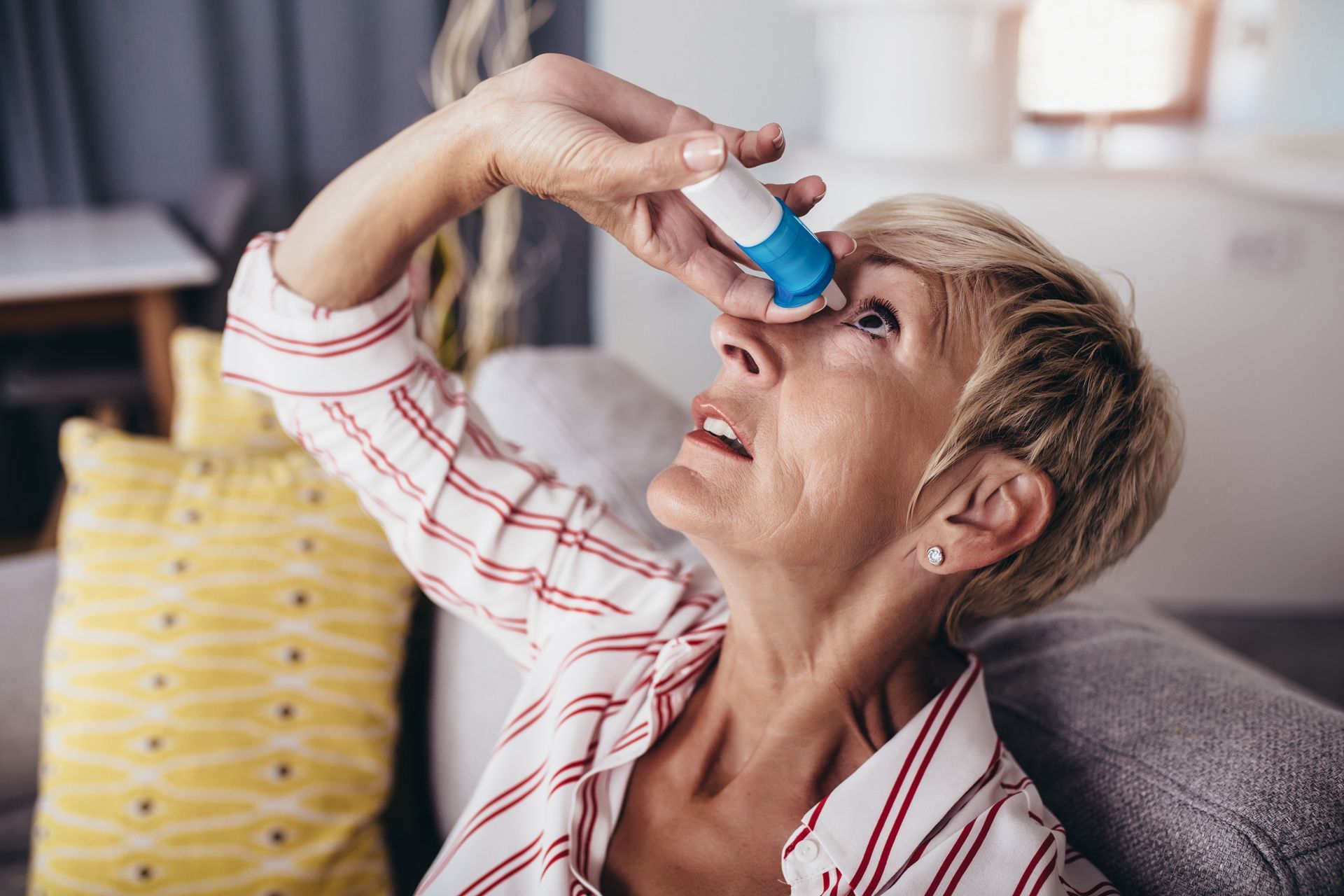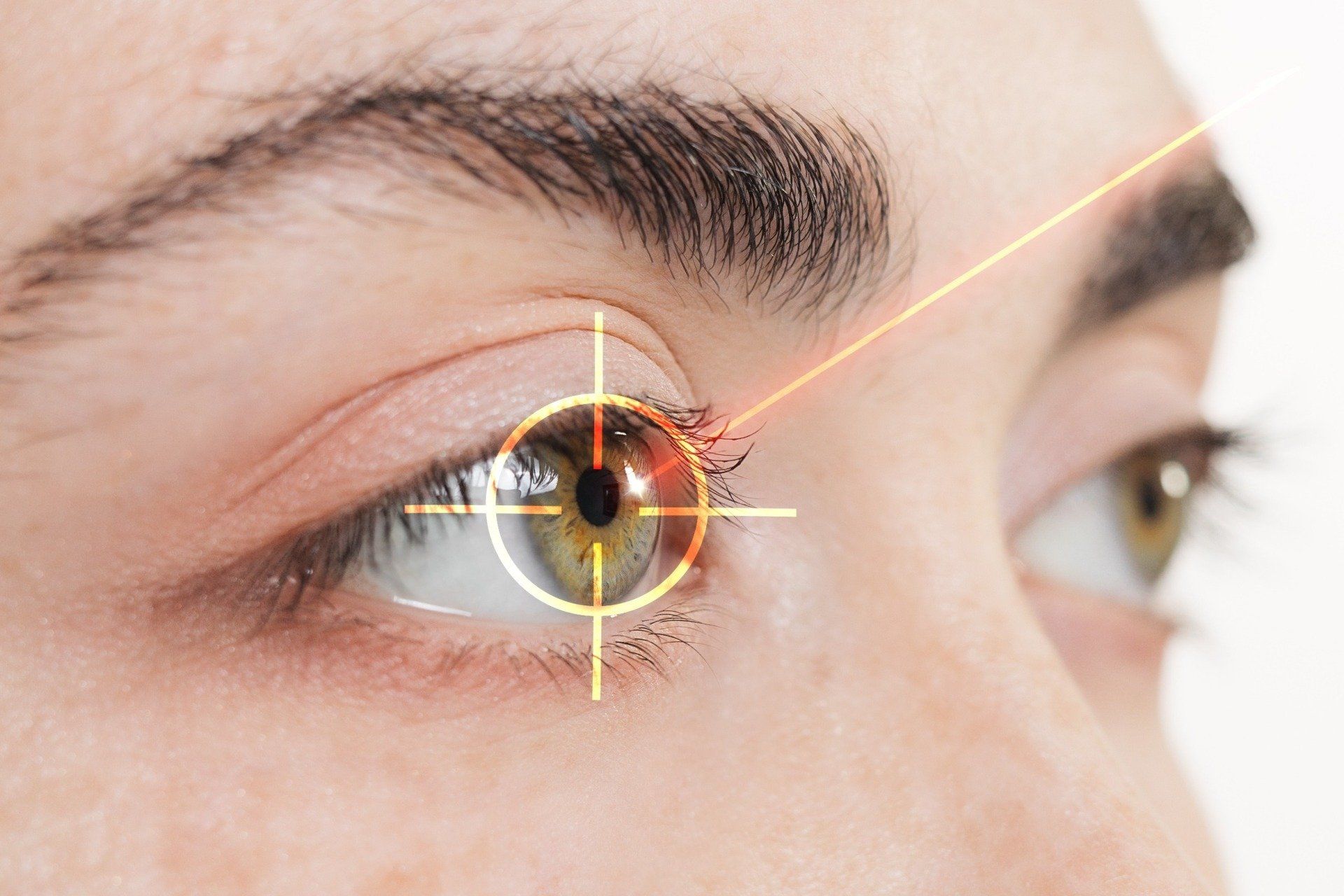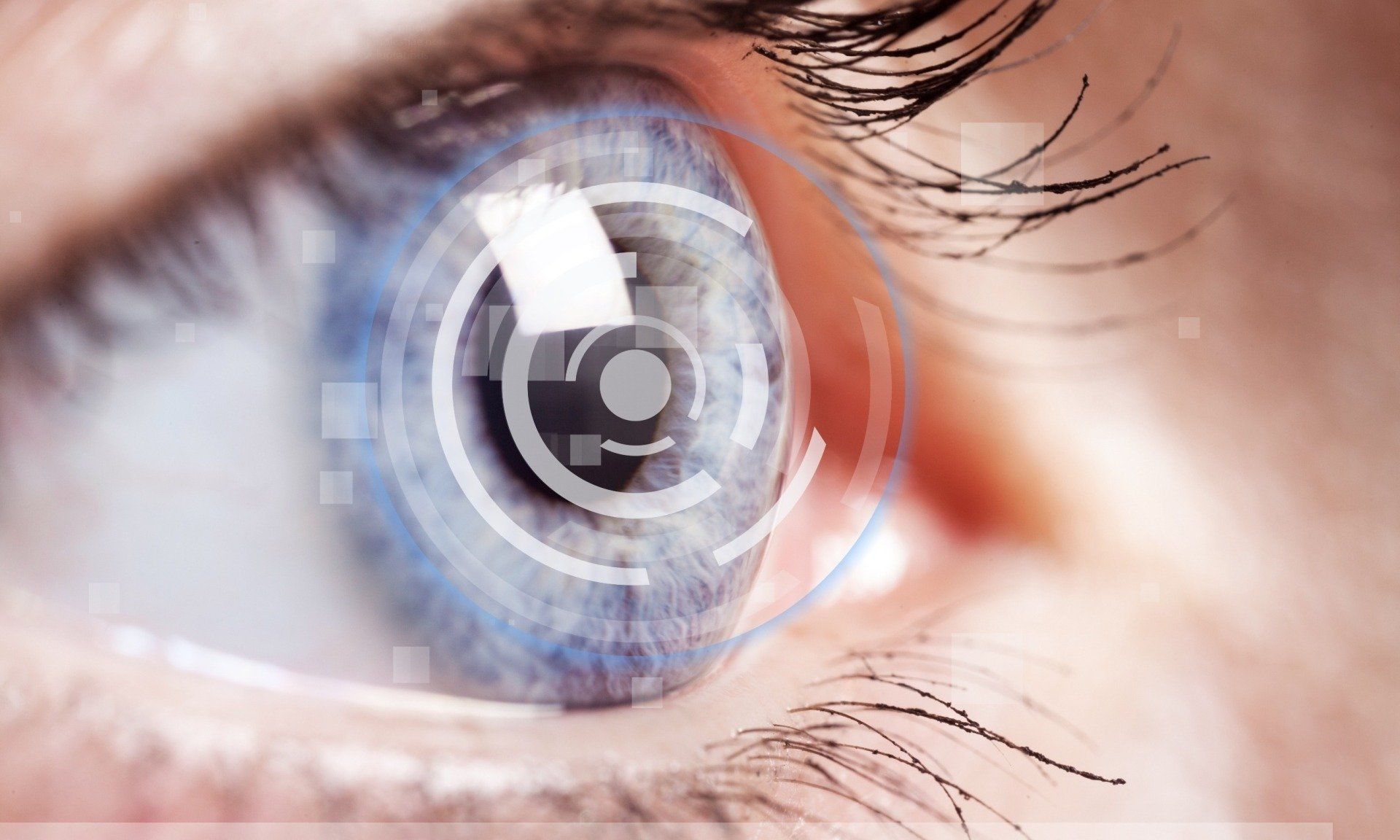What is Age-Related Macular Degeneration?
What is Age-Related Macular Degeneration?
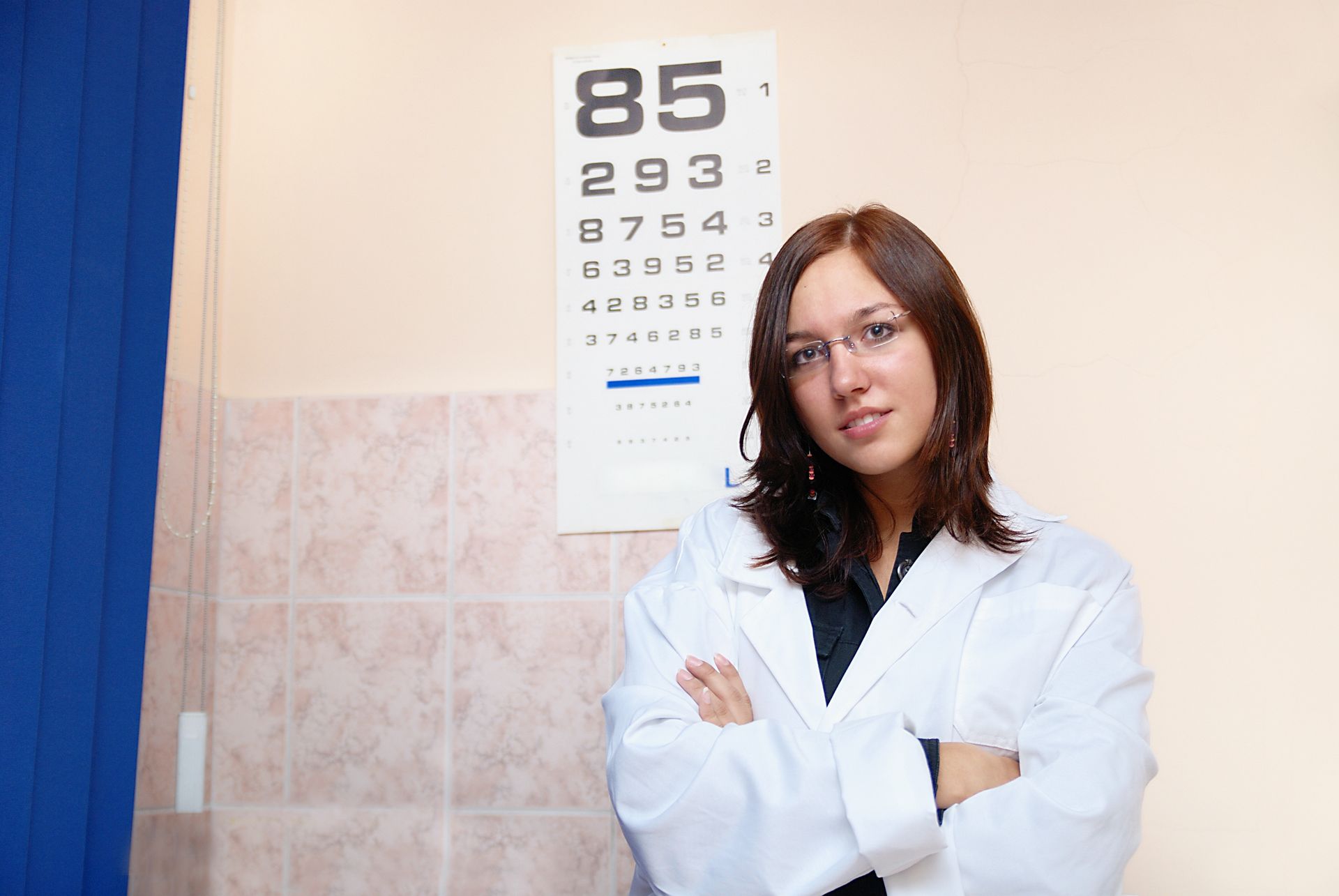
We’ve all heard of the natural aging process – it’s something most of us try to avoid and some of us even fear. Unfortunately, the natural aging process is something each and every one of us will have to endure at some point in our lives. Over time, our bodies will experience changes that we have no control over.
Some of the most common examples of the natural aging process include wrinkling of the skin, graying and/or thinning of the hair, hearing loss, memory loss, and vision loss. Whether you like it or not, these are bodily changes that we should expect as we continue to grow older – it’s what we call a harsh reality.
In regards to vision loss, there are a number of different changes that occur as a result of the natural aging process – one of which being age-related macular degeneration (AMD). Some of us might’ve heard of this term before, but what is age-related macular degeneration and what does it mean for our vision?
Two Types of Age-Related Macular Degeneration
The macula is an extremely important structure in the eye. It’s located in the retina, which is found in the back of the eye, and is responsible for central vision, color vision, and detailed vision. In other words, it allows us to see fine details, helps provide us with a colored image, and helps us see what’s in front of us.
Age-related macular degeneration (AMD) is a condition that impacts the macula. Over time (as we age), the macula breaks down and becomes damaged – resulting in numerous changes to one’s vision. It’s the leading cause of permanent or severe vision loss in elderly patients and affects nearly 11 million people in the US.
While most patients who develop macular degeneration occur as a result of aging, some young adults and children can suffer from the disease – known as juvenile macular degeneration. For those with age-related macular degeneration, it’s often broken down into two different categories – wet AMD or dry AMD.
Dry Macular Degeneration (Dry AMD)
Dry macular degeneration, also known as dry AMD or atrophic AMD, is the most common form of AMD and is caused by yellow deposits (known as drusen) form underneath the macula. As these yellow deposits grow larger, they cause the light-sensitive cells in the macula to thin out and eventually die.
Dry macular degeneration occurs in three stages – early stage, intermediate stage, and late stage. While there is no cure or treatment for dry AMD, steps can be taken to prevent its progression in the early stages.
Wet Macular Degeneration (Wet AMD)
Wet macular degeneration, also known as wet AMD or advanced neovascular AMD, is a more rare form of AMD caused by the abnormal blood vessels forming behind the retina. These blood vessels tend to leak fluid and blood behind the retina, which ultimately results in scarring and a loss of central vision.
Any stage of dry AMD can develop into wet AMD, but wet macular degeneration develops much faster than dry AMD and always occurs in the later stage. Treatments exist to help slow the progression of wet AMD.
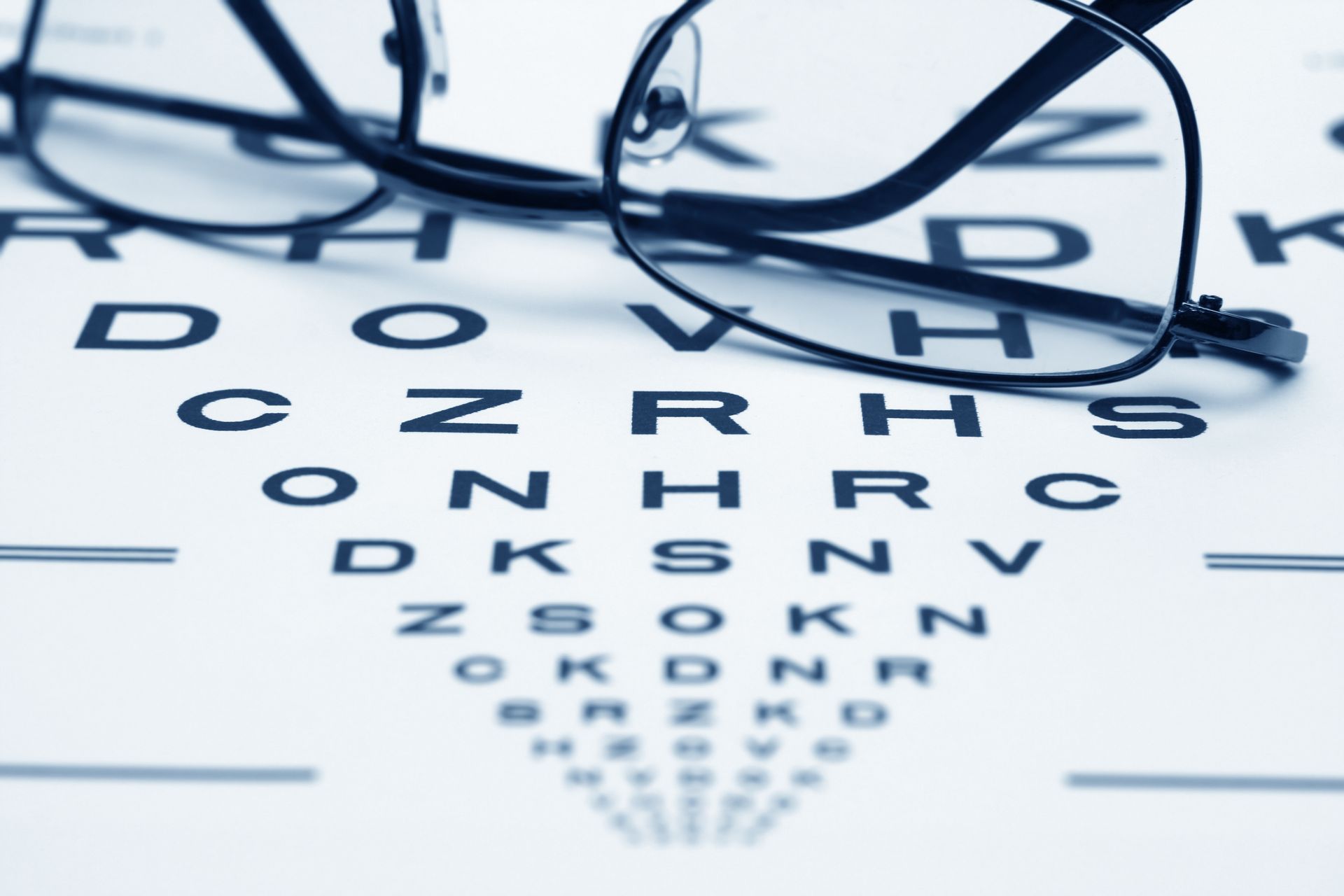
How Does Age-Related Macular Degeneration Affect Vision?
Like we mentioned above, age-related macular degeneration affects central vision – not peripheral vision (side vision). While this means it won’t result in total blindness, it does result in permanent central vision loss and will make it much more difficult to see things that are right in front of you – especially all the fine details.
Some of the early signs and symptoms of AMD include:
- Poor central vision
- Blurred vision, hazy vision, or distorted vision
- Needing bright lights to see clearly
- Straight lines look wavy
- Difficulty adapting to low or dimmed lights
- Difficulty seeing fine details and/or recognizing people
- Damage to your retina (back of the eye)
- Dark spots or blind spots in your field of vision
While dry AMD often results in blurred vision and blind spots in the center of your vision, wet AMD (in addition to those two symptoms) is also characterized by distorted and wavy vision. This is due to the macula bulging or puckering out, which changes the way light refracts onto the retina (back of the eye).
How is AMD Diagnosed and Treated?
Diagnosing AMD usually begins when a patient complains of blurred vision or blind spots in the center of their vision. Their doctor will perform a comprehensive dilated exam, which might consist of an Amsler grid test, a fluorescein angiography, indocyanine green angiography, or optical coherence tomography.
As of today, there is no cure for macular degeneration and treatment largely depends on the type and stage of AMD the patient is experiencing. While there are no macular degeneration treatments in the early stage, eye doctors closely monitor the patient’s eye health and suggest making several lifestyle changes to slow its progress.
In the later stages of AMD, eye doctors generally utilize mineral and vitamin supplements to slow the progression from intermediate macular degeneration to late/advanced macular degeneration. As for late AMD and wet AMD, eye doctors often recommend anti-VEGF drugs or photodynamic therapy (PDT).
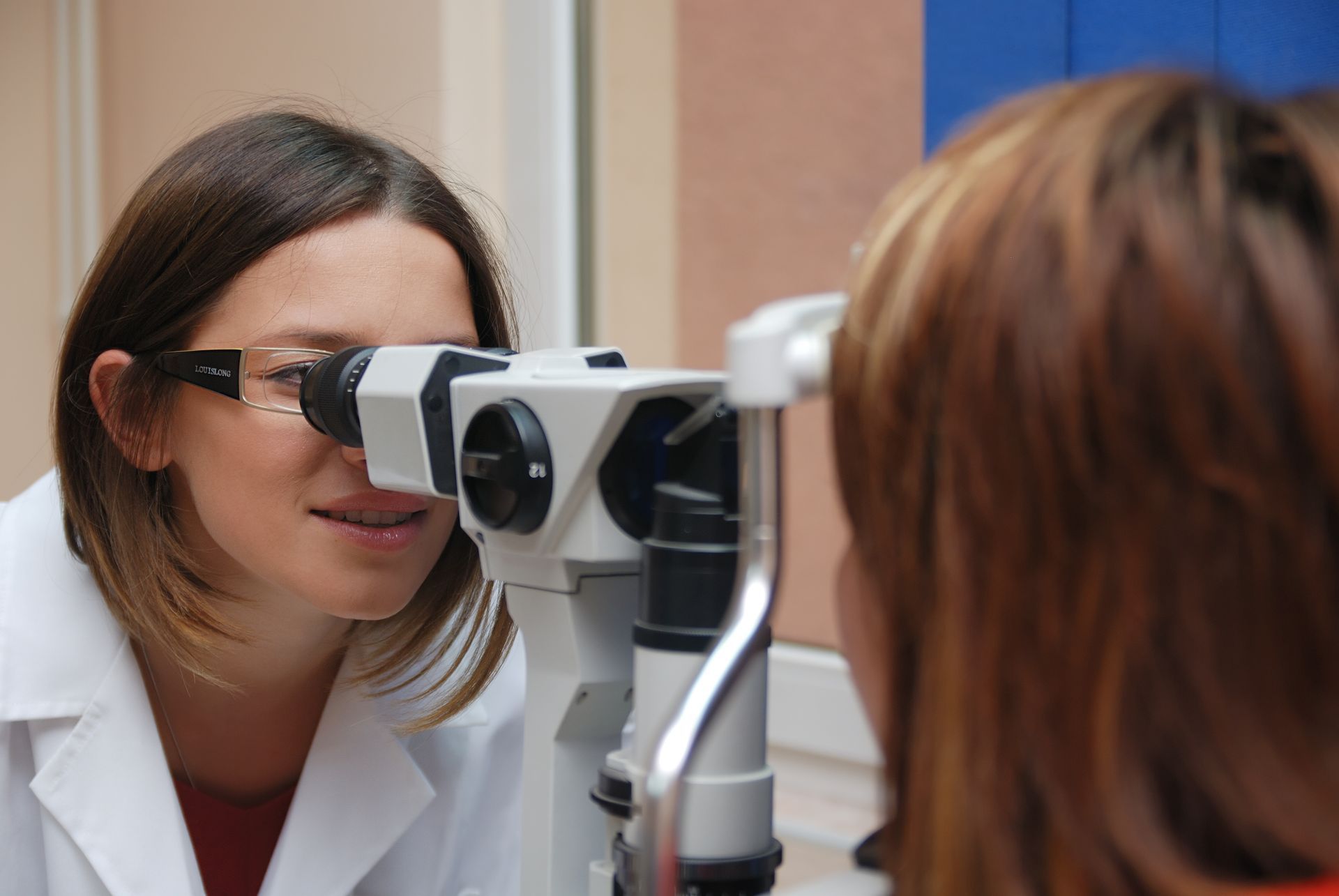
How to Prevent Age-Related Macular Degeneration
Considering most cases of age-related macular degeneration are a product of the natural aging process, there’s no sure-tell way to prevent it from happening. With that said, there are numerous ways one can reduce their risk and prevent the dry form of the disease from advancing into the wet form of the disease.
For example, knowing your family’s history of eye disease can help you understand the risk of developing AMD. Quitting smoking (or never starting), living a healthy lifestyle, exercising regularly, eating a healthy and well-balanced diet, and taking nutritional supplements (Vitamin C, Vitamin E, Zinc, Copper, and Beta-carotene) will also help.
Of course, the most prominent thing you can do to help reduce your risk of serious vision loss as a result of AMD is to schedule a regular eye exam with your eye doctor and maintain an open dialogue with your healthcare team. They’ll be able to detect the disease in its earliest stages and monitor it long-term.
If you’re experiencing some of the early symptoms of age-related macular degeneration and don't want to lose central vision, don’t hesitate to contact our office at Holly Springs Eye & Laser. To schedule an appointment with Dr. Faraaz Khan, call or text us at (919) 689-8920, email us at hello@hollyspringseyeandlaser.com, or fill out our online form.





